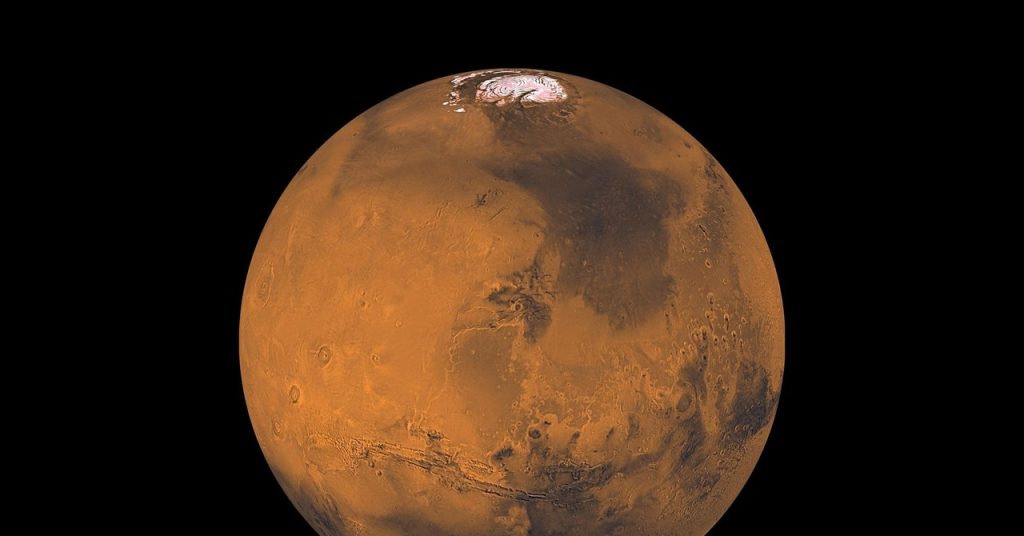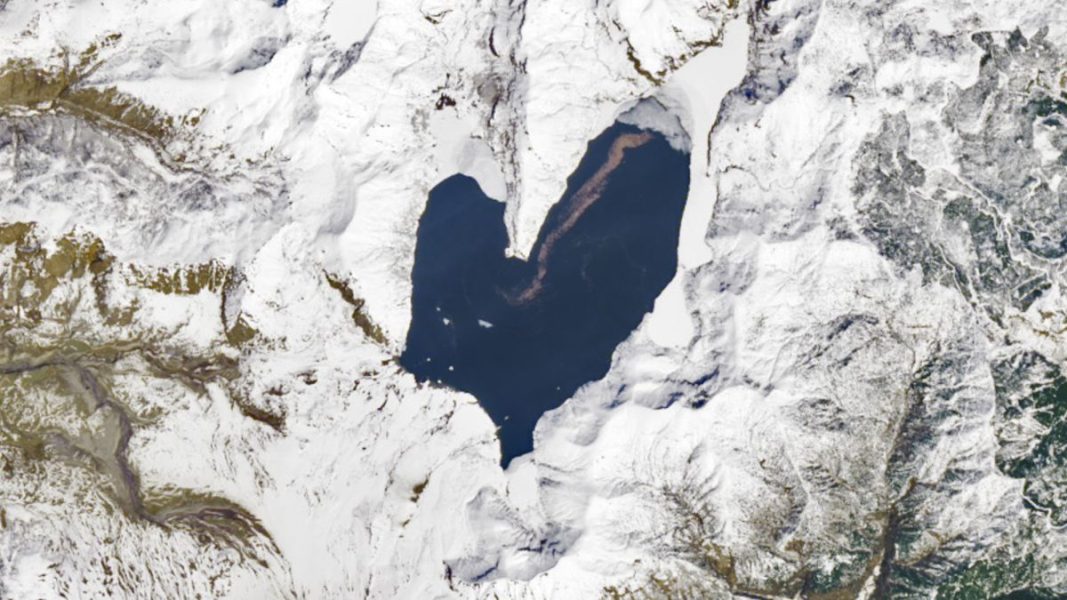It’s Spring on Mars—and That Means Violently Explosive Geysers and Avalanches – WIRED

Because its axis of rotation is tilted at about 25 degrees, Mars has four seasons, just like Earth. However, a year on Mars is about 687 Earth days long, making each season longer than those on our planet.The northern hemisphere of Mars ended its four-season year on November 12, 2024, ushering in a new spring. However, the arrival of this season on the Red Planet is not as gentle as it is here. “All of the phenomena that occur are explosive,” says Selina Diniega, who studies the planet’s surface at NASA’s Jet Propulsion Laboratory (JPL). Because the Martian atmosphere is so dilute, frozen water and carbon dioxide on the planet’s surface change directly from solid to gas as temperatures rise. This results in a very active springtime.NASA’s Mars Reconnaissance Orbiter, launched in August 2005, surveys Mars from above the planet’s surface.The following are some images taken by NASA’s Mars Reconnaissance Orbiter—illustrated above—that capture the explosive arrival of the new season.A Martian avalanche.The above image shows a 20-meter-long chunk of frozen carbon dioxide falling off a cliff. Rising temperatures during the Martian spring cause ice to crack and break, making avalanches common.“Thanks to the Mars Reconnaissance Orbiter, which has been observing Mars for nearly 20 years, we are able to capture dramatic scenes like these,” Diniega says. This particular photo was taken by the orbiter in 2015.Explosive geysers on Mars. The image was taken from above, so the geysers appear as a blackish fan shapes.When sunlight hits carbon dioxide ice, the light passes through the frozen material and heats the ground below it, causing the ice closest to the ground to sublimate from a solid to a gas. The pressure of this gas builds up until an eruption occurs, launching carbon dioxide, sand, and dust into the Martian atmosphere.The best time to see these dark, fan-shaped geysers will be around December 2025, when spring arrives in the southern hemisphere, where geysers are larger and more visible.Martian landforms that look like spiders.When the frozen carbon dioxide has all melted in the summer, distinctive marks are revealed on the Martian landscape. These are known as “araneidoform terrain,” because they look like spiders when seen from space. Some of these spider-like landforms are more than a kilometer across, and some have hundreds of legs. They are often found in swarms. The image above was taken by the Mars Reconnaissance Orbiter when viewing the southern hemisphere in 2009.The processes that create these spidery formations aren’t fully understood, though JPL is working on mimicking the temperatures and pressures of Mars to re-create them.The diameter of the Martian northern polar ice cap is about 1,000 kilometers, which is roughly the size of Texas. This image was taken by NASA’s Mars Global Surveyor, an earlier probe, launched in 1996, which has completed its operations.The arrival of spring on Mars also brings strong winds, and it’s believed that the characteristic spiral pattern of Mars’ north polar cap has been created over many years by winds blowing from the cap’s center to its periphery. The spiral pattern is due to the Coriolis effect, which is when a planet’s rotation bends the course of winds.The darker parts of the spiral are actually deep canyons, which have been cut over a long period by the springtime winds. The Chasma Boreale, which is visible to the right of the center of the polar cap in the image, is particularly spectacular. It is as long as the Grand Canyon (about 450 kilometers) and up to 2 kilometers deep.Sand dunes on Mars, surrounded by frost. Image taken by Mars Reconnaissance Orbiter in September 2022.The strong spring winds also move sand dunes on the Martian surface, just like winds do in deserts on Earth.The white stuff you see in the image is frost surrounding the elevated dunes, which remain static while frozen. When temperatures rise in spring and this ice melts, the dunes will start moving again due to the action of the wind.“As we’ve seen, the onset of spring on Mars is very active. You could even say ‘explosive,’ Diniega says. “I imagine it would be very noisy, with things cracking and exploding.”This story originally appeared on WIRED Japan and has been translated from Japanese.Our latest scoop reveals the young, inexperienced engineers aiding Elon Musk’s government takeoverIn your inbox: Will Knight’s AI Lab explores advances in AINvidia’s $3,000 ‘personal AI supercomputer’Big Story: The school shootings were fake. The terror was realEvent: Join us for WIRED Health on March 18 in LondonMore From WIREDReviews and Guides© 2025 Condé Nast. All rights reserved. WIRED may earn a portion of sales from products that are purchased through our site as part of our Affiliate Partnerships with retailers. The material on this site may not be reproduced, distributed, transmitted, cached or otherwise used, except with the prior written permission of Condé Nast. Ad Choices
Source: https://www.wired.com/story/mars-violent-spring-nasa/






